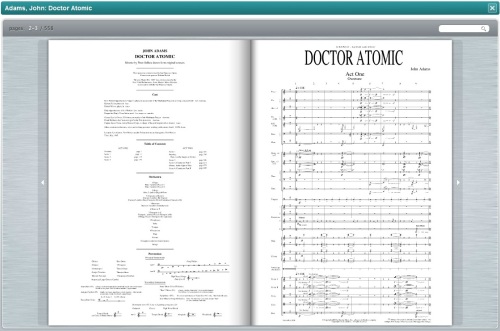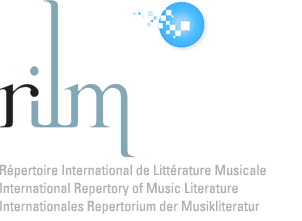Devoted to the English composer, pianist, writer, and critic Kaikhosru Shapurji Sorabji (1892–1988), Sorabji resource site is a complementary resource for the forthcoming critical biography by Marc-André Roberge.
The menu bar offers broad categories (Biography, People, Writings, Sources, Works, Performances, and Miscellaneous) that lead to some 85 pages, each with a search box, presenting resources including lists, compilations, tables, and analytical charts related to various aspects of Sorabji’s life and works. A printed version of the entire site would produce a 350-page book.
Below, John Carey performs Sorabji’s Fantaisie espagnole.
Related article: Sorabji’s marathon premiere













